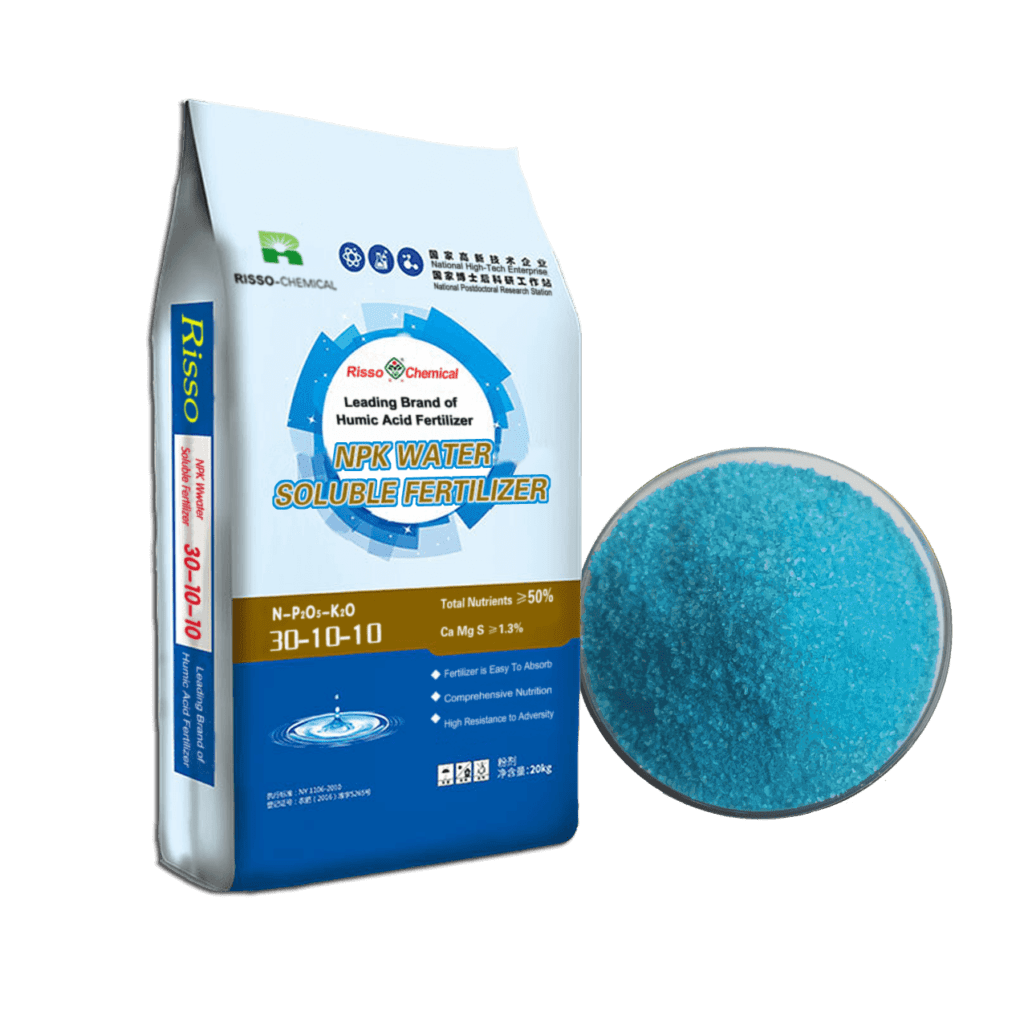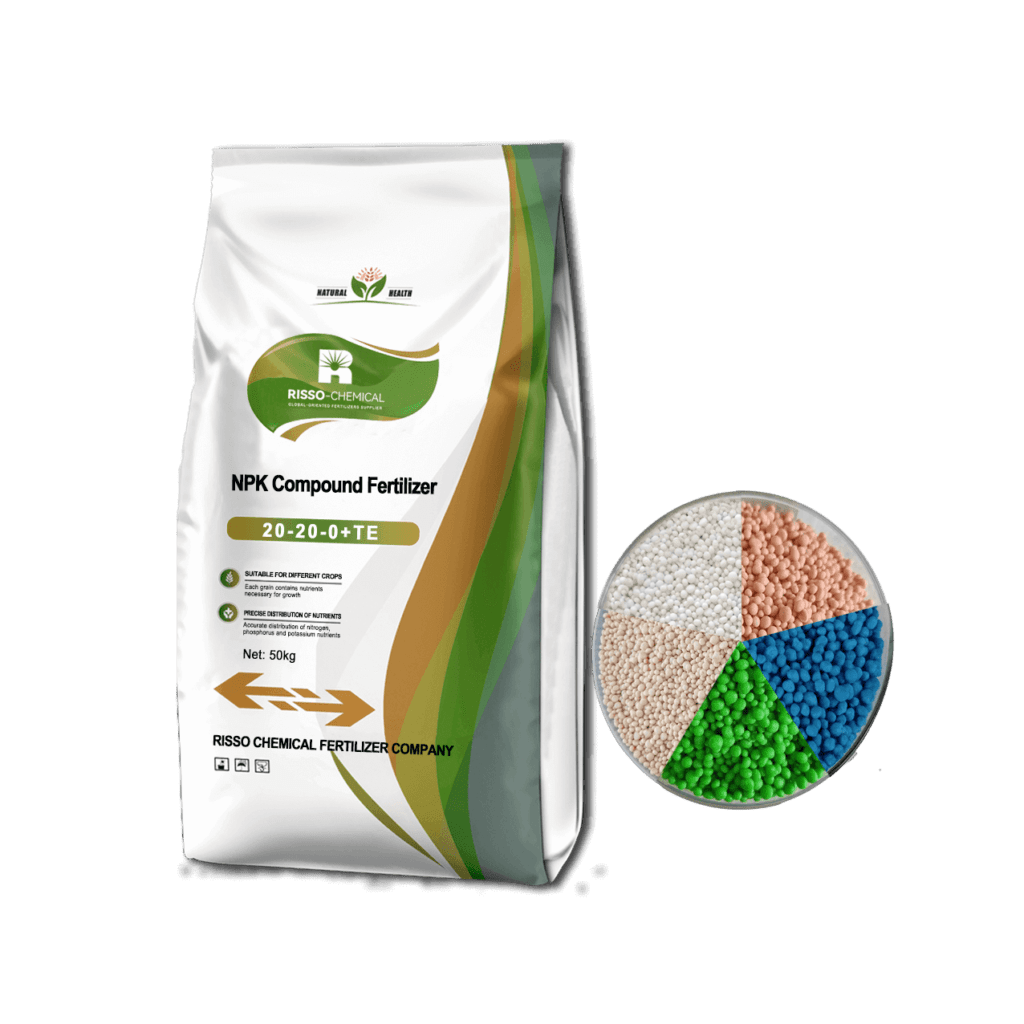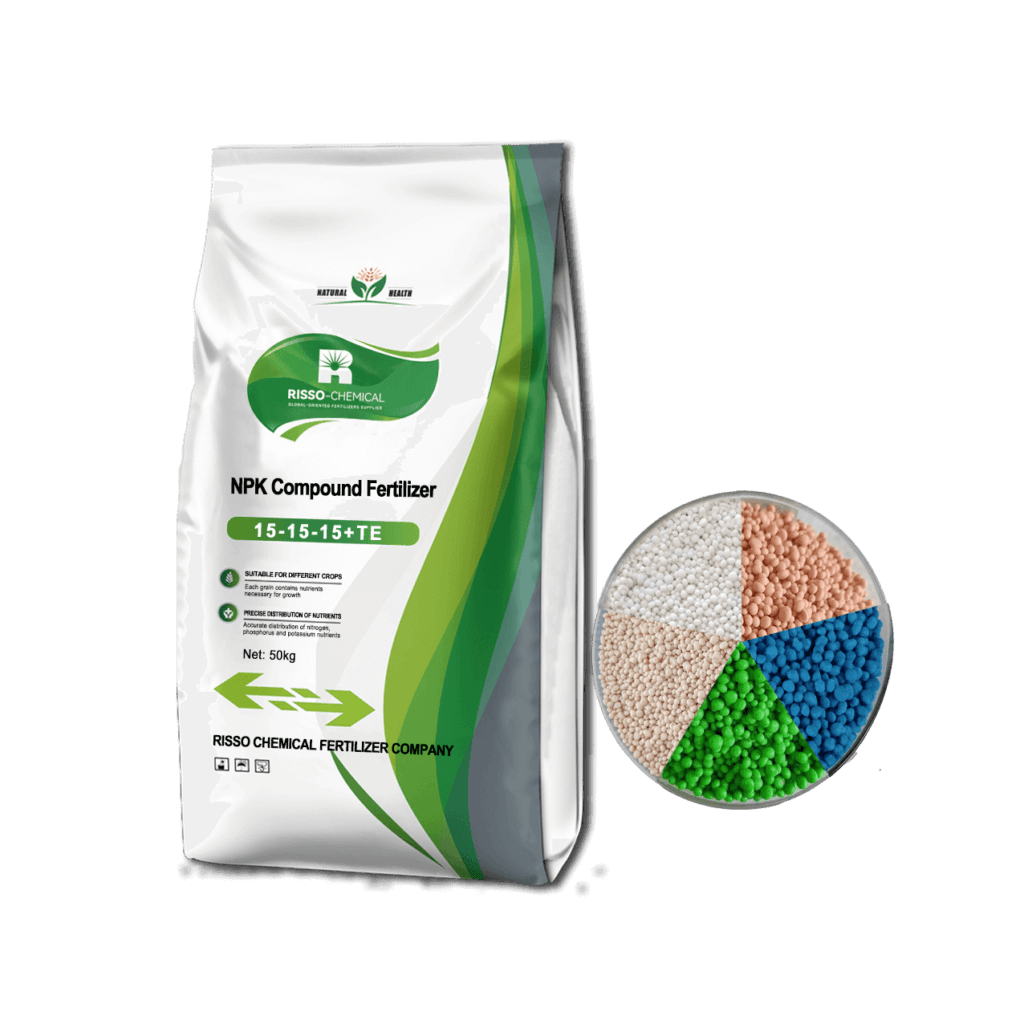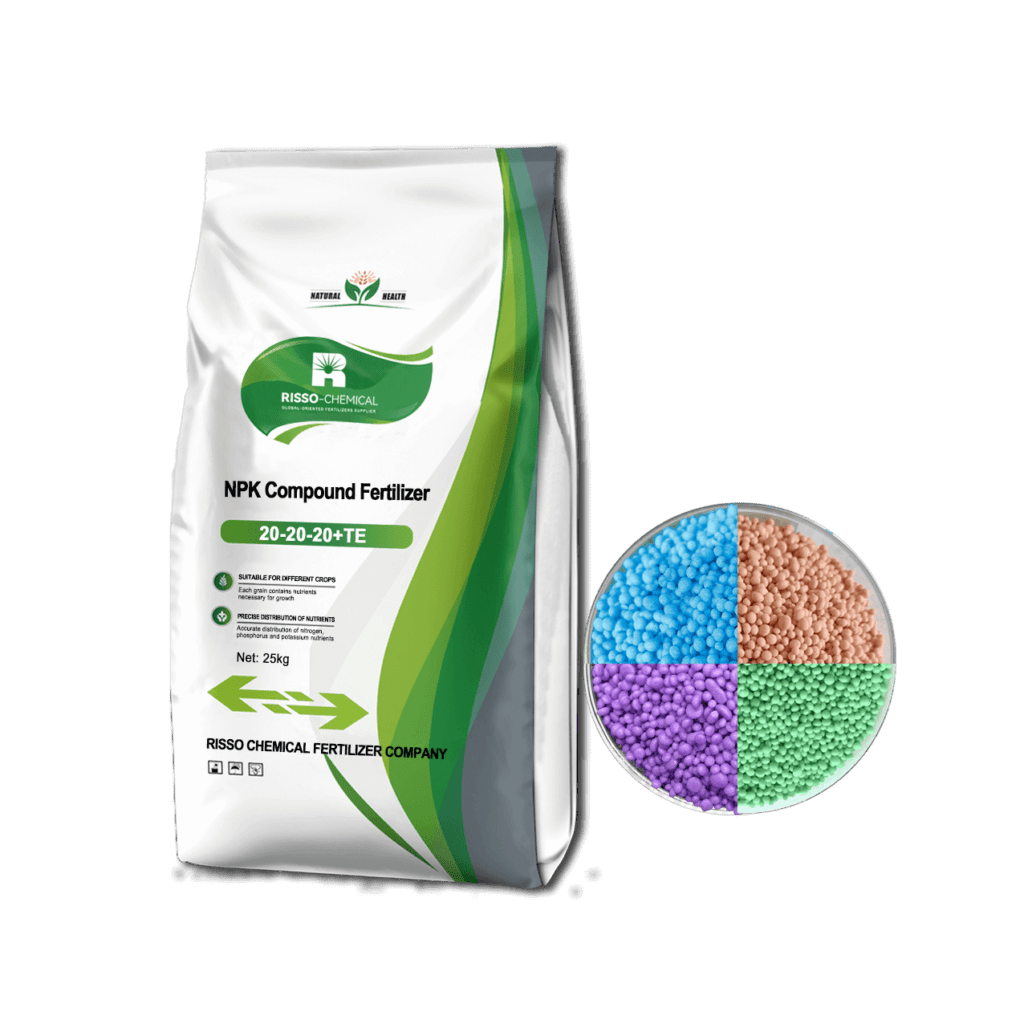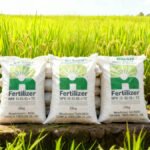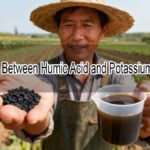Let more growers get greater benefits
NPK Fertilizer Production: Drum, Tower, Compression Processes
- Industry News
- September 11, 2019
- 4:32 pm

NPK fertilizers are among the most commonly used agricultural inputs, providing essential nutrients—nitrogen (N), phosphorus (P), and potassium (K)—to enhance soil fertility and crop yield. The production of NPK fertilizers involves various advanced processing techniques, each with distinct advantages and applications. This article delves into three primary NPK fertilizer processing methods: drum granulation, tower granulation, and pressure granulation, offering an in-depth explanation of their processes, benefits, and industrial applications.
Table of Contents

1. Drum Granulation
Drum granulation, also known as rotary drum granulation, is a widely used technique for producing granular NPK fertilizers. This method involves the use of a rotating drum to form granules from raw materials.
Process Overview:
Raw Material Preparation: Raw materials, including ammonium sulfate, urea, ammonium phosphate, potassium chloride, and other additives, are measured and mixed.
Rotary Drum Granulation: The mixture is fed into a rotating drum. A binder, such as water or steam, is sprayed to moisten the material, facilitating granulation. The drum’s rotation and the material’s tumbling motion lead to the formation of granules.
Drying and Cooling: The granules are dried using hot air to reduce moisture content and then cooled to maintain structural integrity.
Screening and Packaging: Granules are screened to ensure uniform size. Oversized or undersized particles are either crushed or recycled back into the process, and the final product is packaged.
Advantages:
- Highly adaptable to the production of various NPK formulations (low, medium, and high concentration).
- Flexible to a wide range of raw materials.
Limitations:
- May result in uneven distribution of nutrients in the granules.
- Requires careful control of moisture and particle size to ensure uniformity.

2. Tower Granulation
Tower granulation, also known as melt granulation or high tower granulation, is a cutting-edge technology primarily used for producing high-concentration NPK fertilizers.
Process Overview:
Raw Material Melting: Solid raw materials, such as urea, ammonium nitrate, and potassium chloride, are melted into a liquid state.
Granulation Tower: The molten material is sprayed from the top of a granulation tower through a nozzle. As the droplets fall, they solidify and form spherical granules due to natural cooling and air contact.
Cooling and Screening: The granules are further cooled at the base of the tower and screened for uniform size. Oversized or undersized particles are recycled.
Coating and Packaging: Granules may be coated with anti-caking agents to enhance storage stability before being packaged.
Advantages:
- Produces high-strength, uniform granules.
- Efficient and cost-effective for manufacturing high-concentration NPK fertilizers.
- Minimal water usage and reduced drying requirements.
Limitations:
- Initial investment costs for constructing a granulation tower are relatively high.
- The process is less flexible for low-concentration formulations.

3. Pressure Granulation
Pressure granulation, also known as compaction granulation or extrusion granulation, is a mechanical process used to form granules by compressing raw materials.
Process Overview:
Raw Material Mixing: Dry powdered raw materials are blended uniformly without the addition of water or binders.
Compaction: The mixture is fed into a compactor or roller press, where it is compressed under high pressure to form solid sheets or ribbons.
Crushing and Granulation: The compressed sheets are crushed into granules of desired size using crushers or granulators.
Screening and Packaging: Granules are screened to ensure uniformity and then packaged.
Advantages:
- Simple process with lower energy consumption.
- Ideal for heat-sensitive materials.
- Produces high-density, durable granules.
Limitations:
- Strict requirements for raw material particle size and moisture content.
- Not suitable for certain types of raw materials.
Comparison of the Three Techniques
| Feature | Drum Granulation | Tower Granulation | Pressure Granulation |
| Granule Strength | Moderate | High | High |
| Nutrient Flexibility | High | Moderate | High |
| Production Scale | Large | Large | Medium |
| Energy Consumption | Moderate | High | Low |
| Environmental Impact | Moderate | Low | Low |
RissoChemical Fertilizer Factory
RissoChemical Fertilizer Factory is equipped with two advanced processing systems: drum granulation and tower granulation technologies. These cutting-edge facilities enable RissoChemical to produce high-quality NPK fertilizers with balanced nutrient compositions, catering to diverse agricultural needs. By leveraging these technologies, RissoChemical ensures consistent product quality, high efficiency, and environmental sustainability, making it a trusted partner in modern agriculture.
Conclusion
The choice of an NPK fertilizer processing technique depends on various factors, including production scale, desired nutrient composition, and cost considerations. Drum granulation offers versatility and efficiency for large-scale operations. Tower granulation is ideal for high-quality, high-density fertilizers, while pressure granulation provides an eco-friendly and energy-saving solution for specialty fertilizers. By understanding these processes, manufacturers can optimize production methods to meet agricultural demands while ensuring environmental sustainability.
NPK Fertilizers Related Products
If you want to know other questions about NPK Fertilizers please contact us and we will provide professional answers.
- Article
What will you get when touch?
✔ Quick & helpful reply within 6 hours.
✔ Tailored solutions for your project.
✔ One-stop product, tech, market
TRENDING
TAIAN RISSO CHEMICAL FERTILIZER CO.,LTD
- Address: High-tech Development Zone, Taian City, Shandong Province
© Copyright 2017 RISSO CHEMICAL. All Rights Reserved.



